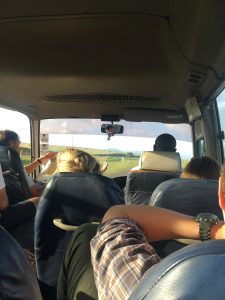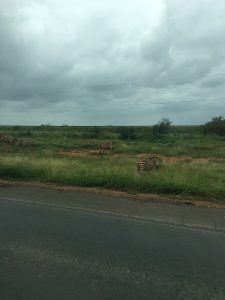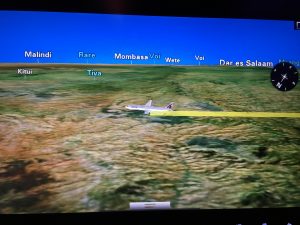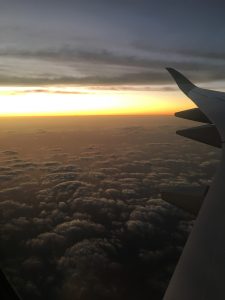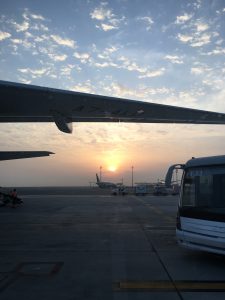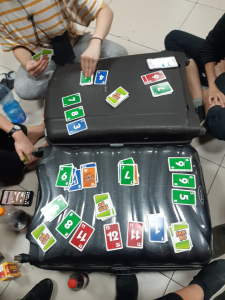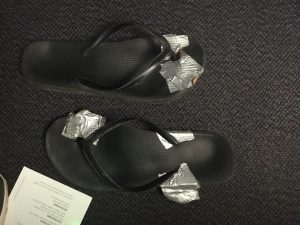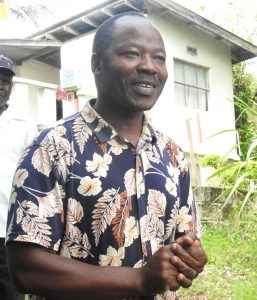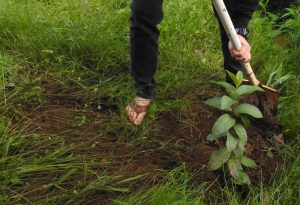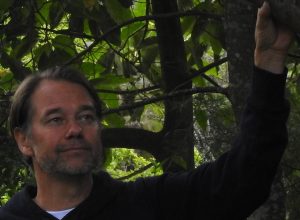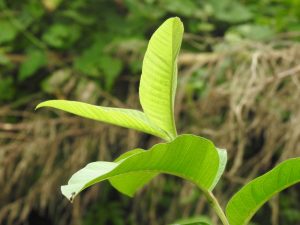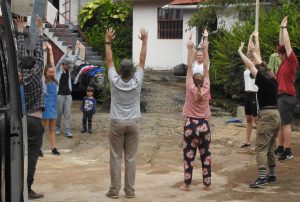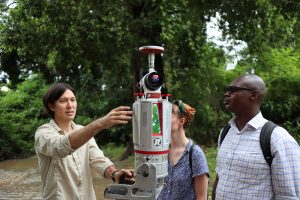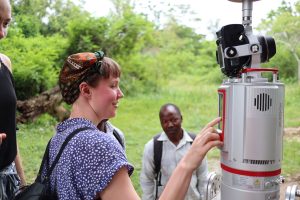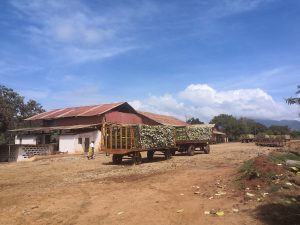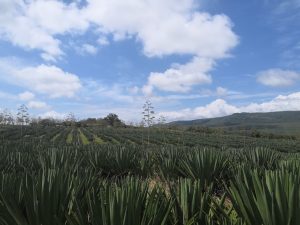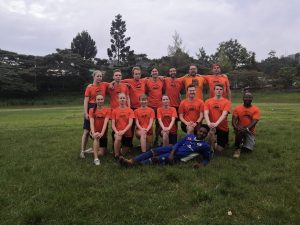What’s left to say about this extraordinary field course? When I arrived at my apartment in Helsinki, the first thing I enjoyed was a glass of crystal clear water straight from the tap. I almost got drunk on water. After I almost drained Lake Päijänne I took a shower and tried to get rid of the dust layer that had covered my body for two weeks. Then came the food. I enjoyed the food at the research station, but I’m also happy going back to my meat-free diet.
While I’m chewing on my lettuce I miss the happy faces in the kitchen at the research station. Two days I had to stay at the research station and try to convince my stomach that I’m attempting to survive Africa and during those days, we (the sick people) were taken care of by the lovely staff. I cannot thank them enough for making our stay magnificent.
Thinking back to everything we did during the field course, a few things pop up in my mind. The first trip to Ngangao rain forest was super cool. For forest people like the Finns, I think many of us will remember that gigantic 50-metre high tree, or the view from the (almost) top of the mountain.

Another thing I’ve been remembering is the football match we had against a local football team. It was fun playing, especially in the swamp part of the football field. During the second half it started raining. Quite a lot. Like a lot a lot. That just intensified the game and before we knew it the game was over and the result was a friendly tie.

All in all our trip was one to remember. I think I speak for all of us when I say that it was really nice getting to know people that study different fields of geography and also making friends that have started studying way before and after you have. It was unique to get to know the professors, university staff and research station staff. There is a need for a big thank you to all of the before mentioned people (and trees) for making our trip truly outstanding. Thanks.

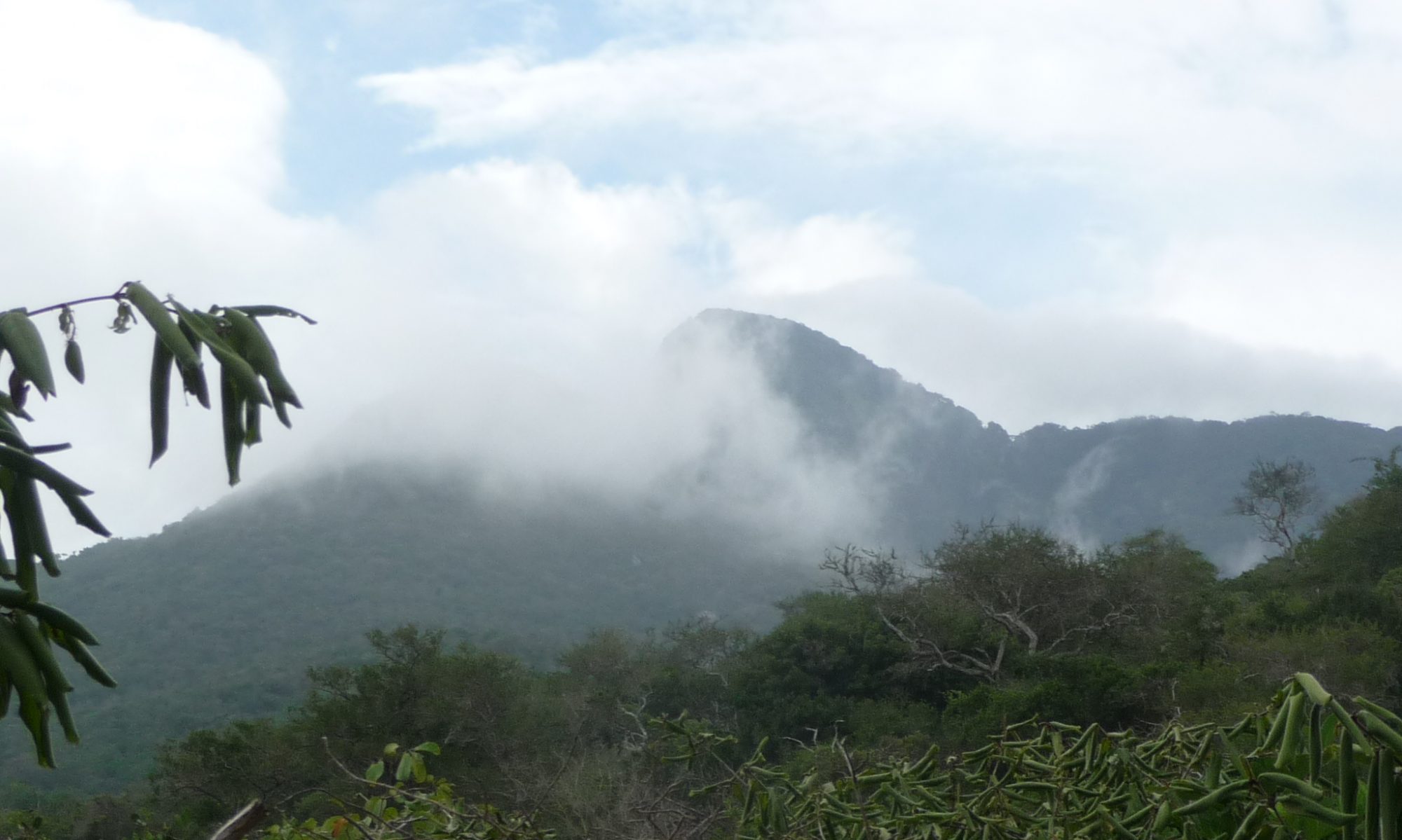
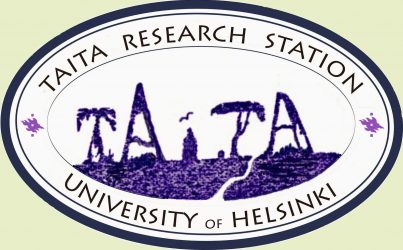
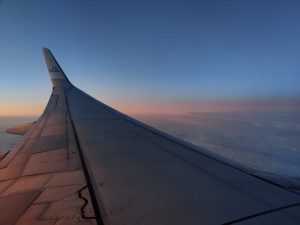 The journey back home started already yesterday morning and all-day drive on dusty Mombasa highway and continues today. I was part of team KLM and our flight took off from Nairobi just around midnight. Before that some were enjoying the lounge experience and some doing last-minute souvenir shopping at the airport. The flight to Amsterdam was eight hours long and we were warned of strong turbulence which did occur. The flight passed while talking about the highlights of the course, viewing the dumbest pictures, enjoying drinks and sleeping. After the Kenyan countryside, where air-con is a term unknown, I caught a runny nose from the air-conditioning on board.
The journey back home started already yesterday morning and all-day drive on dusty Mombasa highway and continues today. I was part of team KLM and our flight took off from Nairobi just around midnight. Before that some were enjoying the lounge experience and some doing last-minute souvenir shopping at the airport. The flight to Amsterdam was eight hours long and we were warned of strong turbulence which did occur. The flight passed while talking about the highlights of the course, viewing the dumbest pictures, enjoying drinks and sleeping. After the Kenyan countryside, where air-con is a term unknown, I caught a runny nose from the air-conditioning on board. After landing to Amsterdam at 6.10 AM our group slip into even smaller parts. Half were flying home around 9 AM and Sanna, Toni and myself stayed back to enjoy Amsterdam until 2 PM. Sanna and Toni spent a laid back morning on Schiphol Airport while I took the train to Amsterdam Centraal to explore a bit. By my arrival to the city, it was still pitch-dark and quite. I strolled around in the city that was about to wake up and was feeling cold after African heat. I strolled along canals, past Bloemenmarkt and beautiful churches and enjoying a second and third breakfast (first one was on the plane). It was great to finally have good coffee and mobile data handy at every corner. I wanted to visit Amsterdam cheese museum but they weren’t open early enough and also decided to just admire Anne Frank Huis from outside.
After landing to Amsterdam at 6.10 AM our group slip into even smaller parts. Half were flying home around 9 AM and Sanna, Toni and myself stayed back to enjoy Amsterdam until 2 PM. Sanna and Toni spent a laid back morning on Schiphol Airport while I took the train to Amsterdam Centraal to explore a bit. By my arrival to the city, it was still pitch-dark and quite. I strolled around in the city that was about to wake up and was feeling cold after African heat. I strolled along canals, past Bloemenmarkt and beautiful churches and enjoying a second and third breakfast (first one was on the plane). It was great to finally have good coffee and mobile data handy at every corner. I wanted to visit Amsterdam cheese museum but they weren’t open early enough and also decided to just admire Anne Frank Huis from outside.
